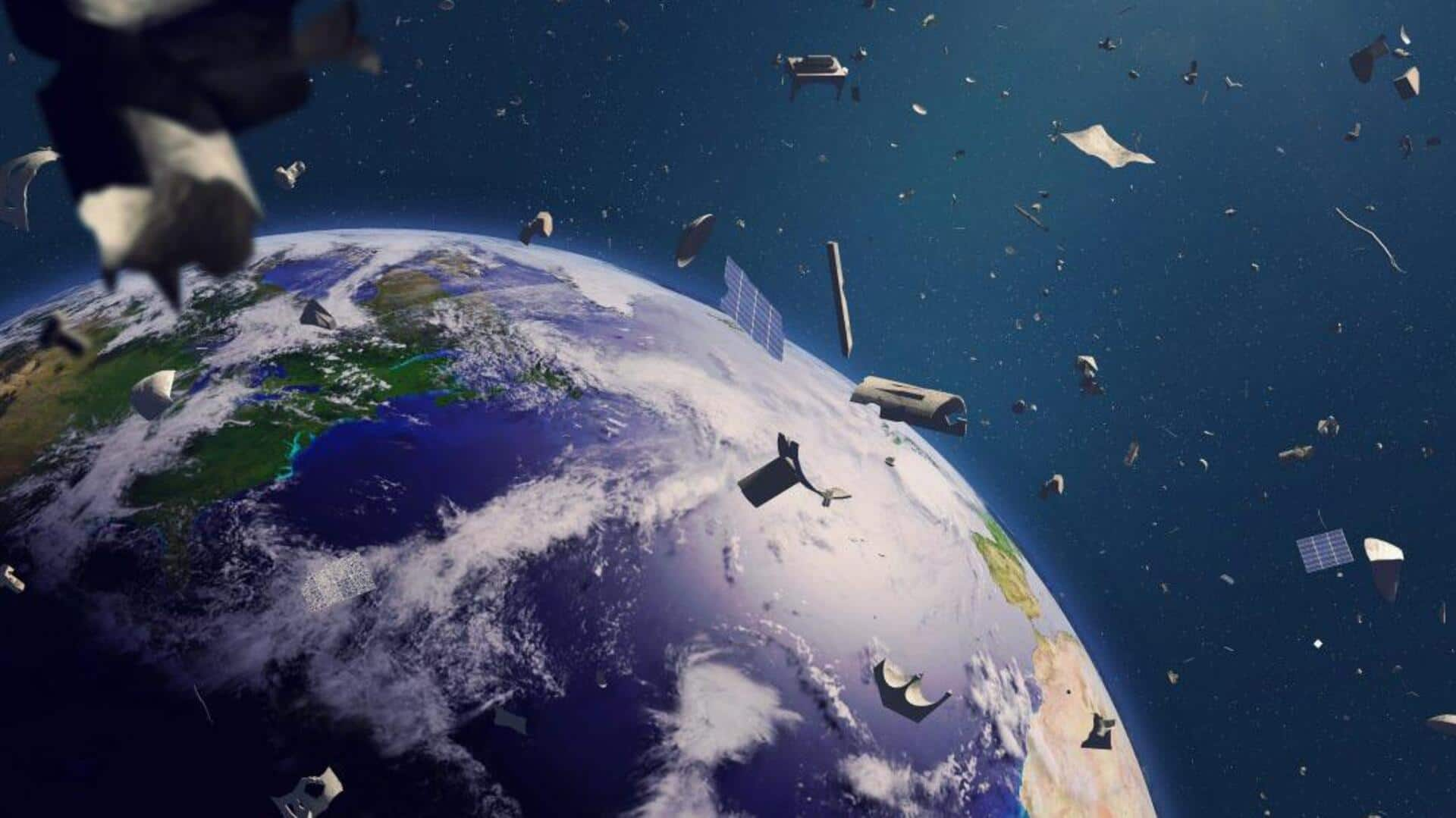
Increasing space missions could lead to tech blackouts, warn experts
What's the story
The increasing number of space missions has alarmed scientists and astronomers alike about the possibility of Kessler syndrome becoming a reality. Coined by US astrophysicist Donald Kessler in 1978, the term refers to a situation where the rise of artificial satellites could result in more collisions and debris. This could affect critical services such as the internet, phones, GPS, and television for years.
Collision concern
Kessler's theory on satellite collisions and debris
In his research paper, Kessler wrote, "As the number of artificial satellites in Earth orbit increases, the probability of collisions between satellites also increases." He went on to say that these collisions would create orbiting fragments, each increasing the chances of more collisions. This could lead to an Earth-orbiting belt of debris that could exceed the natural meteoroid flux and affect future spacecraft designs.
Debris dilemma
NASA's recognition of the debris issue
NASA first acknowledged the debris problem in the 1970s when abandoned Delta rockets started exploding in orbit, scattering metal parts and other materials. Kessler theorized that when debris levels get too high in a particular area of space, it can trigger a chain reaction of collisions. This could make the orbit unsafe for use and even disrupt satellite-based services on Earth.
Critical point
Experts believe we may have reached Kessler's critical point
Kessler estimated it would take some 30-40 years to reach this critical point of debris accumulation. However, some experts now believe we may have already arrived at this stage. John L Crassidis, a professor of innovation and space debris expert at the University of Buffalo, warned, "The Kessler Syndrome is going to come true. If the probability of a collision is so great that we can't put a satellite in space, then we are in trouble."
Debris danger
Space debris: A growing concern
As of 2023, there were about 10,000 satellites in space and over 100 trillion pieces of old satellites that remain untracked. Crassidis pointed out a 2009 incident where an obsolete Russian satellite named Kosmos 2251 collided with a US commercial satellite called Iridium, creating a massive field of debris. These fragments could collide with other objects in space and pose major risks to astronauts on missions.
Debris recycling
Recycling space debris: A potential solution
In their research paper, Crassidis and Amrith Mariappan, Teaching Assistant at University of Buffalo, proposed recycling space debris as a possible solution. They suggested repurposing old satellites and debris into useful materials for future space missions. This way, we could reduce waste and promote sustainability in outer space, potentially mitigating the risks associated with Kessler syndrome.